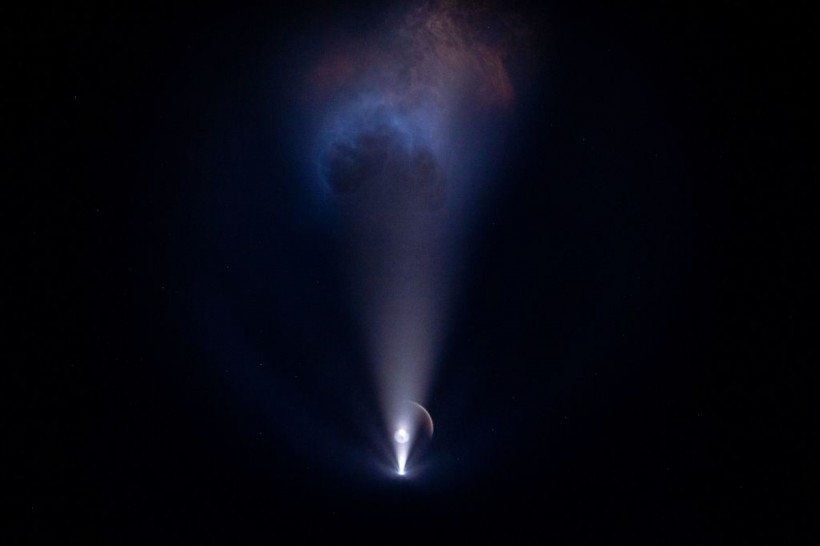Satellite pollution has marked the early 21st century, especially in recent years. Long before advances in space technology, particularly the creation of satellites, our ancestors have reportedly relied on ancient star knowledge to observe not only the celestial objects and celestial events of the night sky.
Ancient Star Knowledge

Interstellar knowledge allowed people to navigate through land and waters using the constellations as a guide or a map. This is made possible as indigenous people worldwide observed, monitored, and memorized almost all visible objects in the night sky, as per the online media and research network The Conversation.
Since the onset of satellite technology, which also yielded multiple benefits to human civilization, including in the areas of digital communication, aircraft navigation, and internet access, a myriad of downsides are perceived to be embedded in this technological feat.
In the Oceania continent and its surrounding regions, indigenous astronomy practices are at risk since not only do satellites physically block the pathway view of the Australian night skies, but they also resemble dark patches or a dark constellation, as per The Conversation.
Furthermore, mega-constellations are also a source of artificial night sky brightness, as per research published in the journal Monthly Notices of the Royal Astronomical Society.
For instance, the Martu people of Western Australia used Jukurrpa or Dreaming which is embedded to detect the 'Seven Sisters constellation' located 410 light-years from Earth.
Due to the mega-constellations astronomers and space enthusiasts are concerned that it will no longer be possible one day to observe these celestial bodies.
Also Read: AI and Satellites Can Help Identify Pollution Hotspots, Researchers Show
Mega-Constellations
The company Dewesoft, a leading provider of high-end data acquisition systems, previously stated that there are several tens of thousands of small satellites orbiting the Earth. These space objects have been utilized for various usage for long-range communication, aviation, space exploration, and others.
Collectively known as mega-constellations, the number of satellites around the planet over the years is causing satellite pollution or significant blockage of the night sky. Although the term is not similar to other environmental pollution, the large number of satellites may block celestial bodies and events in the future.
Aside from the National Aeronautics and Space Administration (NASA), various private companies, including tech billionaire Elon Musk's SpaceX, have engaged in a competition to dominate the sky through theoretical space exploration and the installation of satellites.
Starlink Satellite Internet Project
Although there has been applause surrounding SpaceX's satellite internet project Starlink, various concerns have been raised recently that the vast number of the satellite network will be detrimental not only to our night sky view but also to astronomical observations as a whole.
In the coming short-term future, SpaceX is hoping to send as many as 42,000 satellites into Earth's orbit in addition to the mega constellation, as per the space and astronomy news site Space.com. As early as January 2015, Musk had proposed and expressed initially sending 4,000 satellites in low Earth orbit.
Following the proposal, the U.S. Federal Communications Commission (FCC) granted SpaceX to fly 12,000 Starlink satellites. The space company is filing documentation for approval of an additional 30,000 Starlink satellites.
Related Article: Satellite Pollution: Overcrowded Satellites Pose Risk to Night Sky View and Asteroid Monitoring
© 2024 NatureWorldNews.com All rights reserved. Do not reproduce without permission.

![Tsunami Hazard Zones: New US Map Shows Places at Risk of Flooding and Tsunamis Amid Rising Sea Levels [NOAA]](https://1471793142.rsc.cdn77.org/data/thumbs/full/70325/280/157/50/40/tsunami-hazard-zones-new-us-map-shows-places-at-risk-of-flooding-and-tsunamis-amid-rising-sea-levels-noaa.jpg)



